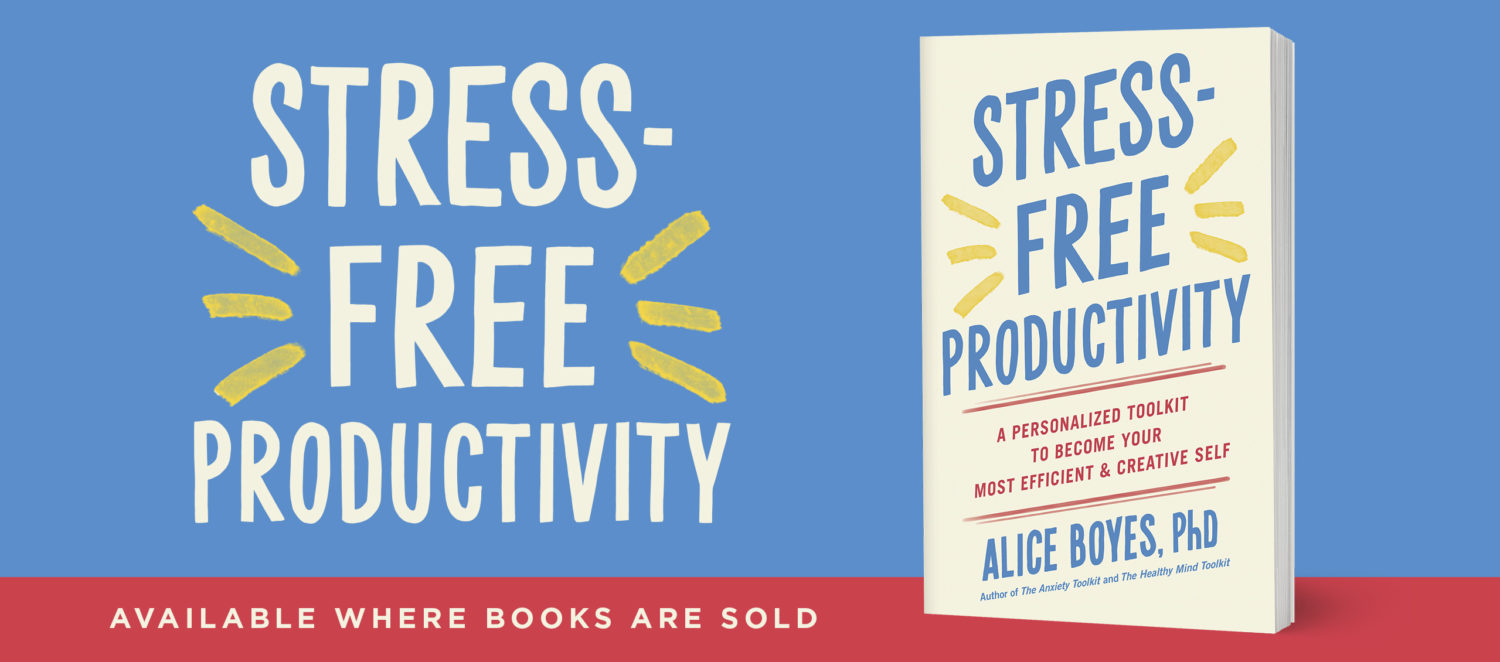Willpower Strategies – Day 13. How to Tolerate Uncomfortable Inner Experiences (Thoughts, Cravings, Physical Sensations, Emotions) Without Avoiding
Did you know that how long a person is willing to hold their breath for predicts how long they will persist with trying to give up smoking?
People often give up on a Willpower Goal to get rid of an uncomfortable inner experience (a thought, a craving, a physical sensation etc.).
Training your ability to tolerate uncomfortable inner experiences is likely to help you with your willpower goal.
Paradoxically, the best way to do this is often to learn to experience the uncomfortable inner experience more fully. Many people who I see for therapy struggle with “experiential avoidance,” meaning they do anything they can to try to inhibit, shut down, suppress, numb or push away uncomfortable inner experiences.
Different parts of the brain are involved in
a) processing the experience of something
vs.
b) evaluating the experience of it (creating stories about the experience of it, or relating the experience of it to past painful memories).
People who are regular meditators can more easily tolerate painful stimuli (whether it be physically or psychologically painful) because they have trained their brains to react by attending to their current inner experience in the moment. They do less of evaluating the experience (What does it mean about me that this is happening? What does it mean for my future that this is happening? Oh No this is just like those other times when this happened? What does this mean about the world that this is happening? What about the other people involved in this experience – Do they like me? Do I like them?). In contrast, they do more sensory processing.
These processing differences are evident from brain scans. When meditators are exposed to pain (like heat applied to their leg or very sad video clips), parts of the brain associated with current inner experience light up strongly (e.g., the insula) and parts of the brain associated with evaluation, the future and the past are less active (e.g., parts of the the prefrontal cortex and the hippocampus).
You can watch an awesome talk about this, complete with pictures of brain scans below
If you want to start meditating, you can start with any of the free resources on my big list. Be aware that some of the benefits are not likely to occur until you have been practicing for at least a couple of months. If you watch the talk above, you’ll notice that it mentions a study of people who were only 4 days into becoming meditators and their brains reacted the same way as non-meditators vs. a study of people who had been doing daily meditation for 8 weeks who showed a pattern similar to experienced meditators.
People who have experienced depression will want to pay attention to the study at the end of the talk showing that people whose brains showed that they were starting to be able to react with their experiencing parts of the brain without much activation from their evaluating parts of the brain had the biggest reductions in their symptoms of depression.
If you are feeling impatient, you can try the following Acceptance and Commitment Therapy Techniques that are designed to be used in the moment you are experiencing something uncomfortable, so that you can learn to actively attend to it.
Urge Surfing mp3 – designed for using with cravings
Google Book Preview of a technique called Expansion. You’ll be able to read the full instructions using the preview. Go to the section called “The Four Steps of Expansion” which starts on page 101 and then use your down arrow key to read the next page (through to page 104).



